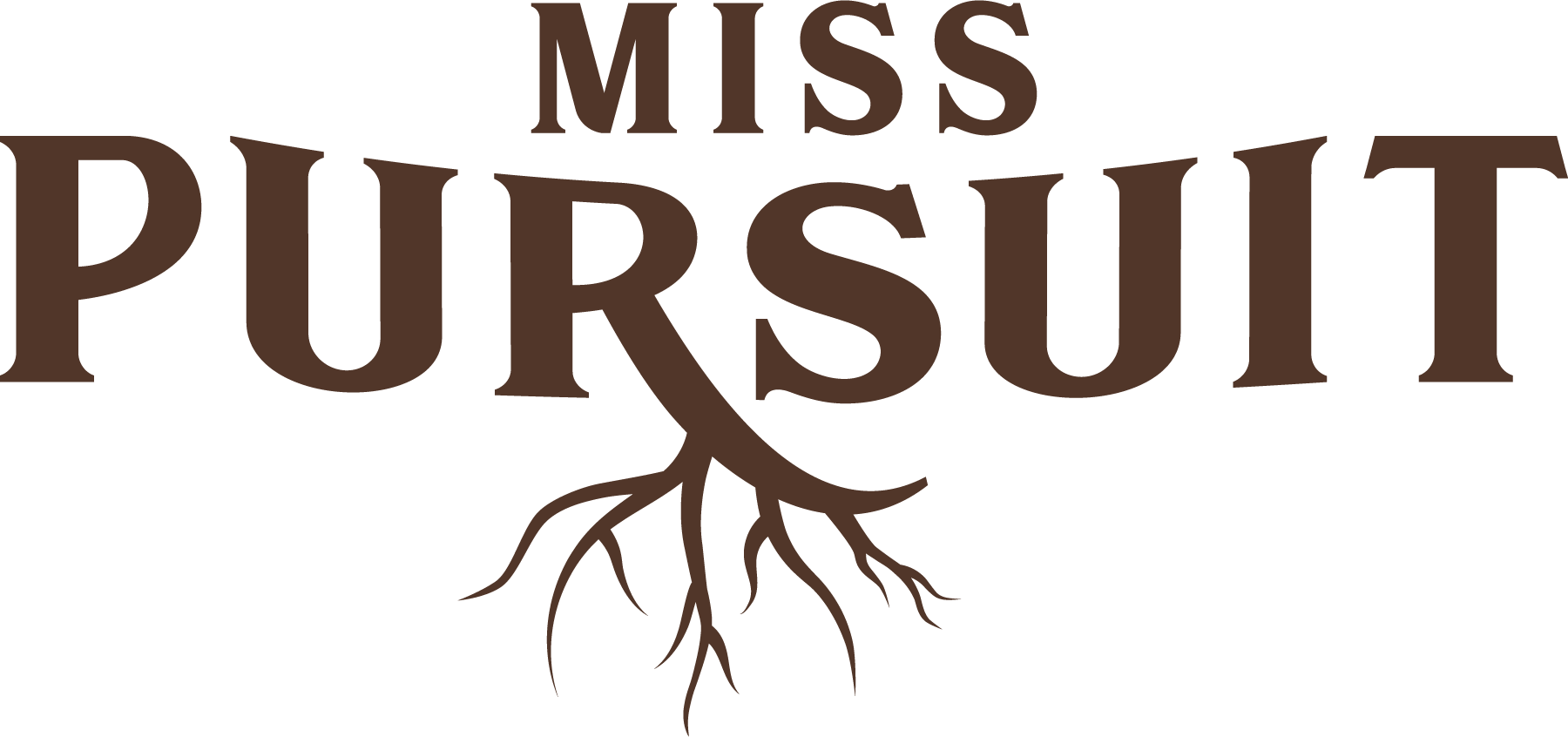We never think about not wearing our earmuffs or earplugs when we go to the shooting range. However, we often don’t think about our ear health when we’re hunting. Having primarily hunted with a bow until last year, when I went on my antelope hunt, grabbing ear protection didn’t enter my mind until I took the shot and my ears wouldn’t stop ringing.
This was a mistake I won’t make again.
What shooting hearing protection actually works?
After that, I started a quest for comfortable hunting hearing protection. I wanted something I could wear for long periods and wouldn’t make my ears hurt. After much trial and error, I have 2 different types that I now use regularly. They are the Peltor Tactical 100 and SureFire EP7 Sonic Defender.
According to the CDC, when we hear a very loud noise it can damage the hairs in our inner ears which can cause hearing loss. Sound is measured in decibels (dB). Hearing loss can start to occur when we hear a loud noise for a long time at 70 dB (about the sound of a washing machine) or noise in the range of 120 dB (fire siren) quickly can cause immediate damage. Gunshots average between 120 and 180 dB each. This means that just one gunshot could give you permanent hearing damage.
Noise Reduction Rating
Hearing protection has a variety of ratings called the noise reduction rating (NRR).When choosing hearing protection, look for the NRR rating. This number indicates the level of noise reduction the product provides. The higher the NRR, the better the protection. According to OSHA, you take the noise you are subject to minus the NRR with a conversion factor of 7. So, if I was shooting my .22 at 119 dB the calculations with my favorite 2 types of hearing protection would be as follows:
Peltor Tactical 100
119- (22-7) = 104 dB
Surefire EP7 Sonic Defender
119-(26-7) = 100 dB
This moves them from damaging levels to those that are just loud so you can safely have more exposure. I use my Peltor earmuffs at the range and often during duck season. I also keep a pair of the SureFire earplugs in all my hunting bags and an extra pair in my car. I like the SureFire ones for extended wear. They have an extra plug that you can open to hearing and quickly close when animals are coming in.
How many decibels is ear protection for shooting?
Ear protection for shooting should have a noise reduction rating (NRR) of at least 25 decibels (dB), but it is recommended to use earplugs or earmuffs with an NRR of 30 dB or higher for maximum protection. The loud noise from shooting can cause permanent hearing damage, so it is important to use proper protection.

One advantage of wearing earmuffs over earplugs is that they protect your outer ear bones as well as your inner ear bones. I never noticed a large difference until a recent trip to Argentina. We were shooting hundreds of shells an hour and the earmuffs were necessary.
Shooting Hearing Protection Options:
- Earplugs: Earplugs are a simple and effective way to protect your hearing while shooting. They come in various shapes and sizes and are made of foam, silicone, or other materials. They are easy to use and are worn for extended periods of time without discomfort.
- Earmuffs: Earmuffs are another popular option for shooting hearing protection. They cover the entire ear and provide a higher level of noise reduction than earplugs. They can also be worn over earplugs for even greater protection.
- Electronic Hearing Protection: Electronic hearing protection is a newer technology that allows you to hear normal conversation and other sounds while blocking out harmful noise from gunfire. They use microphones to amplify sounds below a certain decibel level, while instantly blocking out loud noises.
- Custom Earplugs: Custom earplugs are made from a mold of your ear and provide a perfect fit for maximum protection and comfort. They can be more expensive than other options, but are a great investment for frequent shooters.
Things to Consider for Hearing Protection
Proper Fit
No matter what type of hearing protection you choose, it is important to ensure a proper fit. Earplugs should be inserted correctly and earmuffs should be adjusted to fit snugly over the ears. A poor fit can reduce the effectiveness of the protection.
Regular Maintenance
Regularly clean and inspect your hearing protection to ensure it is in good condition. Replace earplugs and earmuffs when they become worn or damaged. Proper maintenance will ensure your hearing protection is always working at its best.
Do You Really Need Hearing Protection When Shooting?
Yes, hearing protection is essential when shooting. The loud noise from gunfire can cause permanent hearing damage, so it's important to wear earplugs or earmuffs to protect your ears. There are many options available, including electronic earmuffs that allow you to hear conversations while still blocking out loud noises.
